Nestled in the heart of Hanoi, the Imperial Citadel of Thang Long stands as a testament to Vietnam’s rich historical narrative and enduring legacy. This UNESCO World Heritage site harbors secrets and stories from over a thousand years, inviting historians, tourists, and locals alike to delve into its fascinating past. The citadel, which traces its origins to the 7th century, offers a glimpse into Vietnam’s vibrant history, marked by cultural confluence and political dynamism.
Watch the video summarizing the article “Imperial Citadel of Thang Long: Historical Significance and Heritage”
Every corner, wall, and artifact within its expanse sings songs of emperors, dynasties, and the unyielding spirit of the Vietnamese people. From the transformation of a modest fortress into a center of imperial power, the citadel remains a beacon of resilience and cultural synthesis. Its architectural marvels and archaeological treasures beckon visitors to explore not only the citadel’s own history but the evolution of Vietnam itself.
Historical Context of the Imperial Citadel
The Imperial Citadel of Thang Long, cradled in the bustling city of Hanoi, grows from a rich tapestry of historical episodes dating back to the 7th century. This monumental establishment was originally a modest Chinese fortress that evolved into a political nerve center under the Ly Dynasty in 1010. Over centuries, it has fortified Vietnam’s status as a resilient nation through dynastic transitions, wars, and colonial rule. The citadel reflects an enduring legacy of strategic importance and cultural sophistication, continuing to be a significant symbol of Vietnam’s rich history and resilience.

Chronological Development of the Citadel
The evolution of the Imperial Citadel of Thang Long is a fascinating journey through time, embodying significant historical and cultural shifts. Originally established on the foundations of a Chinese fortress in the 7th century, it gained prominence with the decision of King Lý Thái Tổ to relocate the capital to Thang Long in 1010. This marked a significant milestone, transforming the citadel into a symbol of Vietnamese sovereignty and culture. The architectural sophistication of the early structure was marked by a triple-layer fortification, illustrating both strategic acumen and aesthetic elegance.
Throughout the centuries, successive dynasties including the Tran, Le, and later Nguyen, contributed to the citadel’s grandeur. This continuous development not only expanded its geographical footprint but also imbued it with rich architectural diversity. Each dynastic period brought distinct influences, such as the introduction of Champa cultural elements, signifying the dynamic cultural exchange during Vietnam’s historical expansion across the region.
- The construction techniques evolved significantly:
- Early periods saw the use of earthworks and simple structures.
- Later advances included more durable materials like stone and brick, which were integrated during the expansion phases under the Le and Nguyen Dynasties.
Strategically, Thang Long’s location served as a vital defensive outpost and administrative hub, resisting numerous invasions and hosting significant political events. Historical records indicate how it withstood Mongol invasions and the harsh realities of colonialism, underscoring its resilience.
Today, exploring the Imperial Citadel is like walking through a palimpsest, revealing the layers of Vietnam’s rich history. Its ongoing excavations uncover artifacts that add depth to our understanding, providing insights into the sociopolitical dynamics and cultural achievements of the eras it spans. The juxtaposition of old and new, the blend of indigenous and foreign, all create a textured narrative that is both captivating and educational for historians and casual visitors alike.
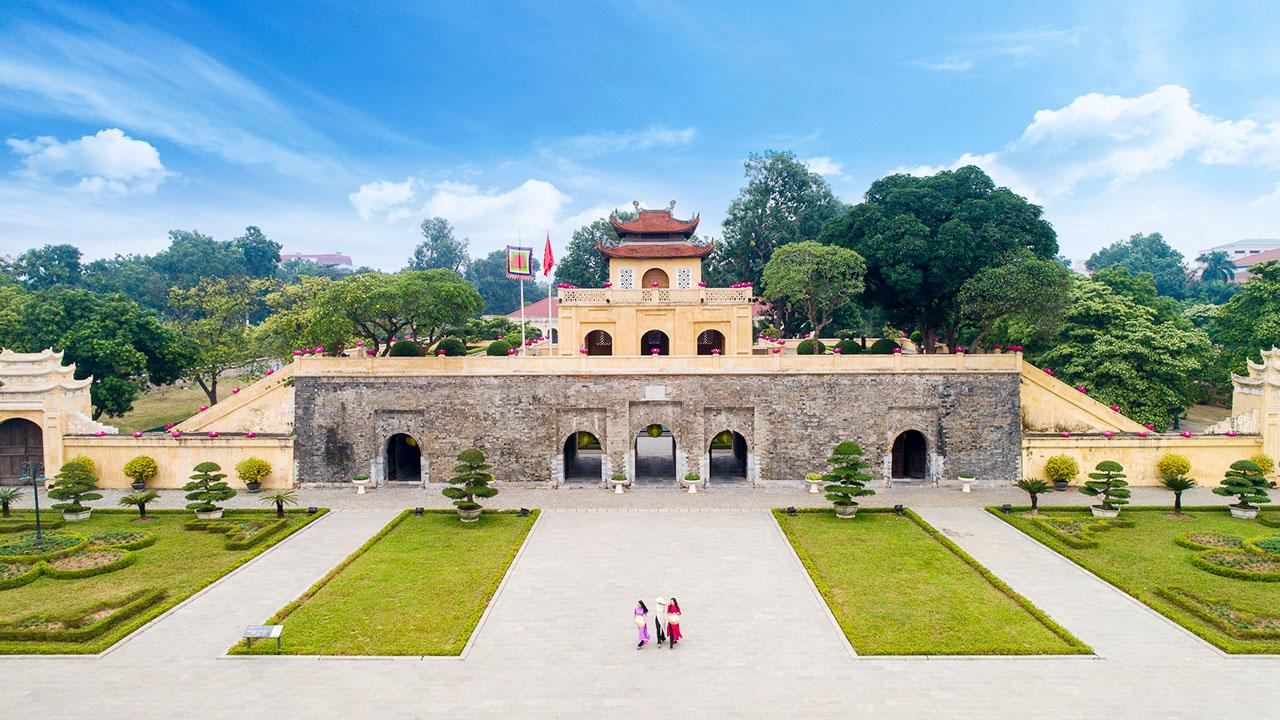
Architectural Features of the Imperial Citadel
The architectural elegance of the Imperial Citadel of Thang Long not only mirrors its historical gumption but also stands as a repository of Vietnam’s multifaceted architectural genius. The citadel’s design exemplifies a blend of influences from various cultures and epochs, showcasing how each layer of construction reflects not just the technological prowess but also the artistic aspirations of different ruling dynasties. As you delve into the citadel’s infrastructure, expect to witness a spectrum of styles that collectively narrate a tale of resilience and creativity.
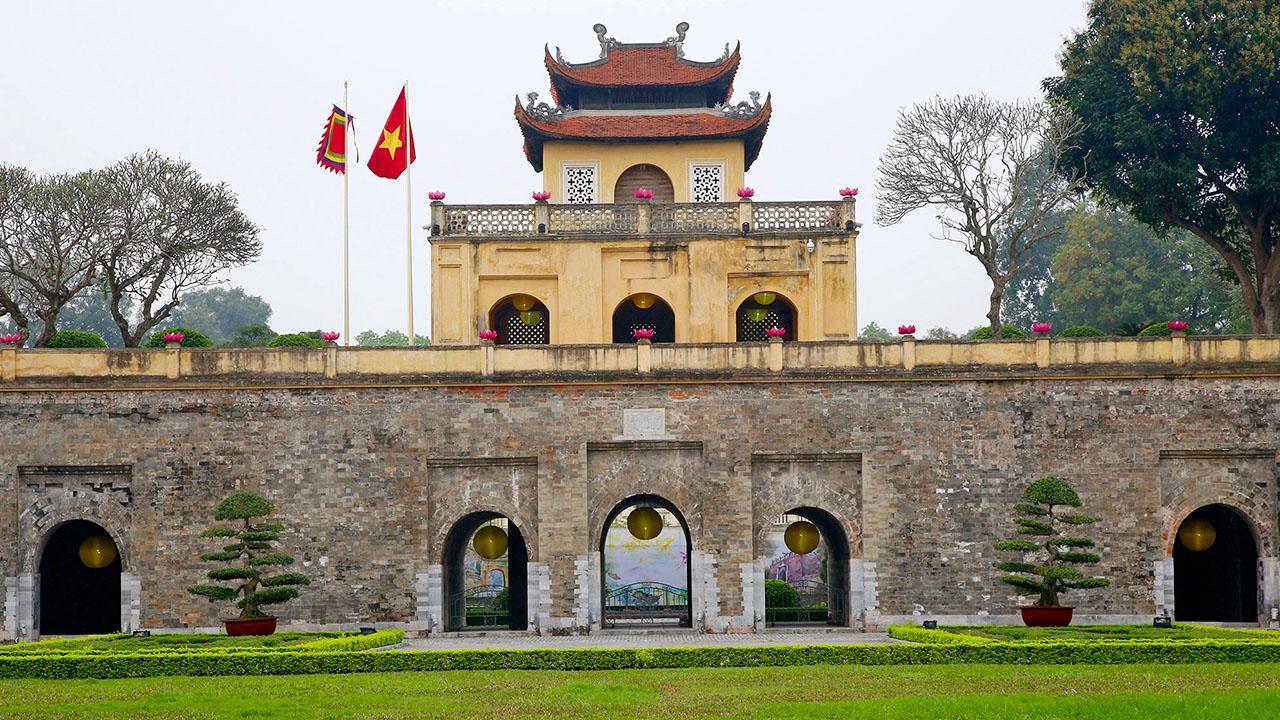
Key Structures within the Citadel
The Imperial Citadel of Thang Long boasts several key structures that encapsulate its historical and cultural significance. Among these, the Hanoi Flag Tower or Ky Dai stands out, soaring at a height of 33.4 meters, marking it as a historic symbol of national pride. Built in the early 19th century, its brick and stone construction reflects the traditional military architecture of Vietnam while also contributing to its strategic role as a military post.
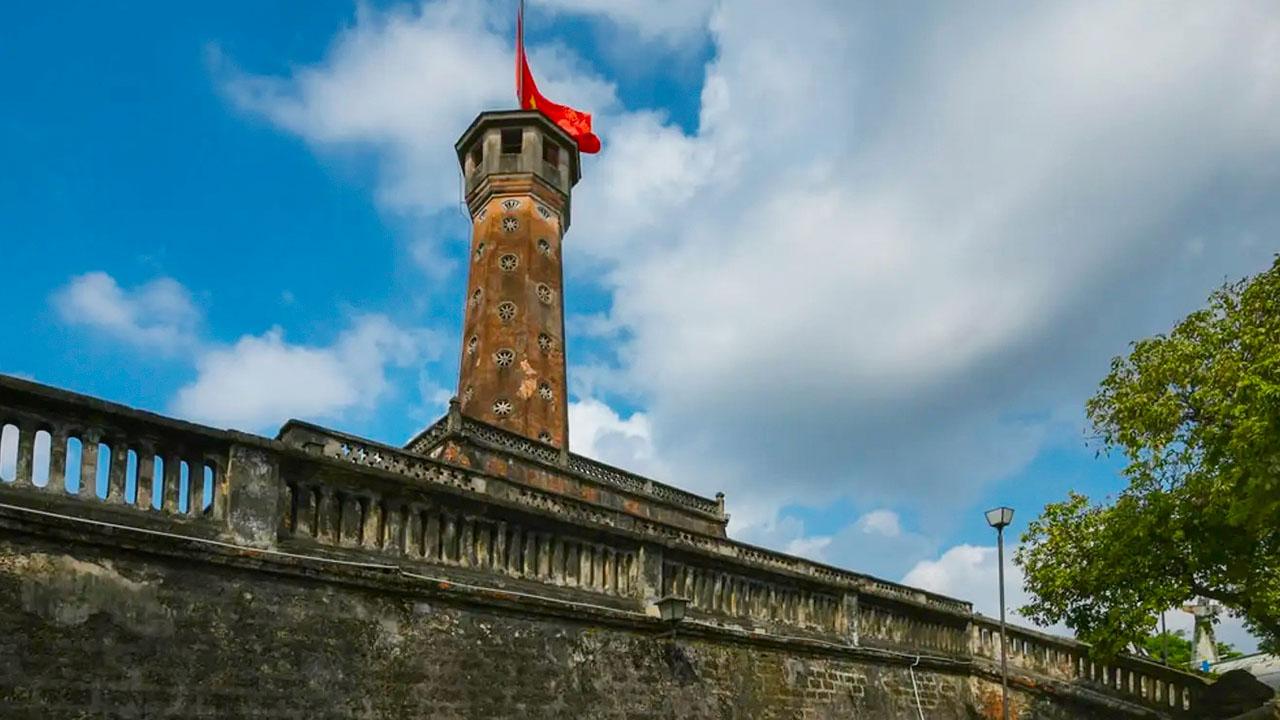
Another significant edifice within the citadel complex is the Kinh Thien Palace, once the epicenter of royal ceremonies. Constructed in 1428, this palace is a testament to the ingenuity and grandeur of Vietnamese and Chinese architectural synthesis. Intricate carvings and an expansive layout serve as echoes of royal life, with each corner of the palace narrating stories of regal grandeur and cultural exchanges.
The citadel is also home to Doan Mon Gate the main entrance steeped in history, built during the Ly Dynasty. This gateway features five arched entrances, with the central arch exclusively for the emperor. It is adorned with traditional motifs reflective of the period’s architectural styles and is an important element in understanding royal processions.
The Northern Gate, or Cua Bac, also remains a crucial part of the citadel’s defense strategy, showcasing robust stone walls complemented by a guard tower. This gate is a surviving emblem of Vietnam’s military architecture and highlights the strategic importance of Thang Long as a political and cultural stronghold.
In addition to these structures, many remnants from different dynasties, such as artifacts and underground relic systems, contribute to a broader understanding of Vietnam’s cultural and political transitions. Each structure within the citadel not only serves as an architectural marvel but as a historical narrative, preserving the essence of the Vietnamese identity and its architectural prowess across epochs.

Cultural Importance of the Imperial Citadel
The cultural significance of the Imperial Citadel of Thang Long lies not only in its historical longevity but also in its role as a symbol of Vietnam’s enduring cultural identity. Beyond its impressive architecture, the citadel serves as an emblem of cultural synthesis, where the exchange of ideas and traditions flourished, crafting a unique Vietnamese identity. The structures within its walls echo the philosophical and artistic contributions of generations, making the citadel a living witness to the cultural evolution of the Vietnamese people.
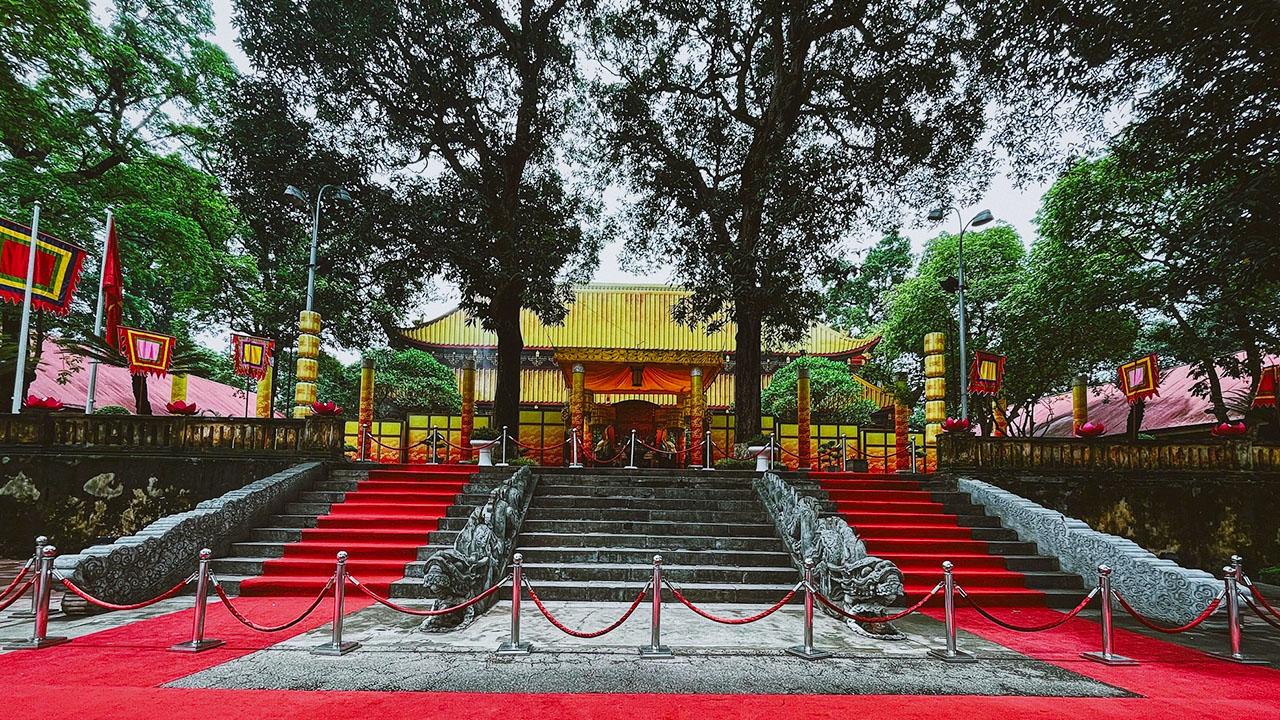
Role in Vietnamese Heritage and Identity
The Imperial Citadel of Thang Long holds a pivotal role in the fabric of Vietnamese heritage and identity. As a political and cultural epicenter dating back to the 11th century, it has been a significant contributor to the development and consolidation of Vietnamese culture over the centuries. The citadel not only served as a royal court, where significant political decisions were sculpted, but also as a locus of cultural negotiation where indigenous Vietnamese traditions fused with external influences like those from China and Champa.
Its designation as a UNESCO World Heritage site in 2010 further cements its importance as a cultural treasure. This acknowledgment bolsters national pride, as the citadel embodies the resilience and ingenuity of the Vietnamese people through tumultuous historical periods, including wars and foreign dominations.
- The citadel’s profound impact includes:
- Serving as a royal residence for the Ly, Tran, and Le Dynasties, reflecting the continuity of governance.
- Hosting significant national ceremonies, affirming its central role in political and social life.
- Facilitating intercultural exchanges, particularly evident in architectural douglas like the presence of Chinese and Cham influences in its design.
The resilience of the citadel is mirrored in Hanoi’s bustling Old Quarter, where remnants of its historical essence still thrive amidst modernity. These historical imprints continue to resonate with contemporary Vietnamese identity, offering a tangible connection between the past and present.
Exploring the citadel is akin to participating in a dialogue with history itself a dialogue that reveals the cultural synthesis at the heart of Vietnamese identity, shaped by centuries of resilience and adaptability. It inspires not only national pride but also emphasizes the importance of preserving such cultural jewels for future generations. Such landmarks ensure that the stories and traditions of the past continue to inform and enrich Vietnam’s cultural narrative, highlighting the citadel’s integral role in shaping and reflecting Vietnamese identity.
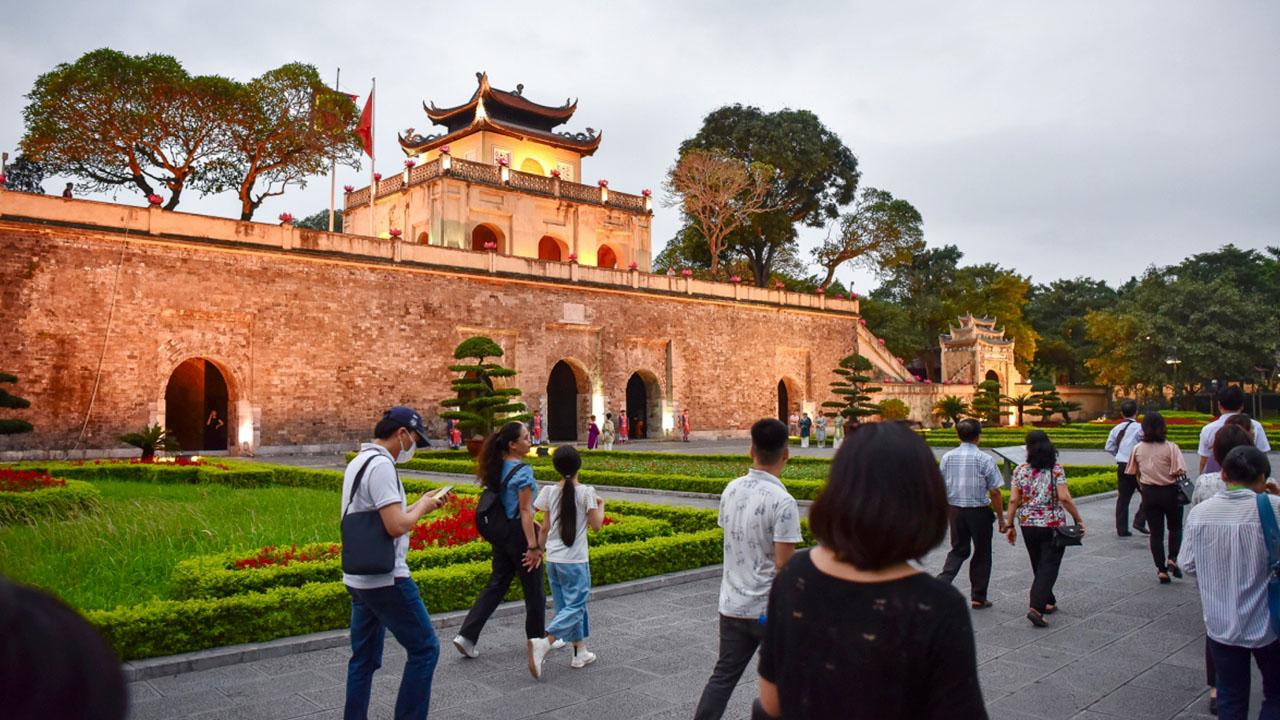
Preservation Efforts for the Imperial Citadel
Preserving the Imperial Citadel of Thang Long is a dynamic and ongoing initiative characterized by collaborative efforts at local and international levels. Recognizing it as a vital cultural and historical monument, various preservation strategies aim to uphold its integrity and support its status as a UNESCO World Heritage Site. This entails not just structural conservation but also educational programs, reinforcing the citadel’s cultural significance while ensuring sustainable engagement with visitors and scholars.
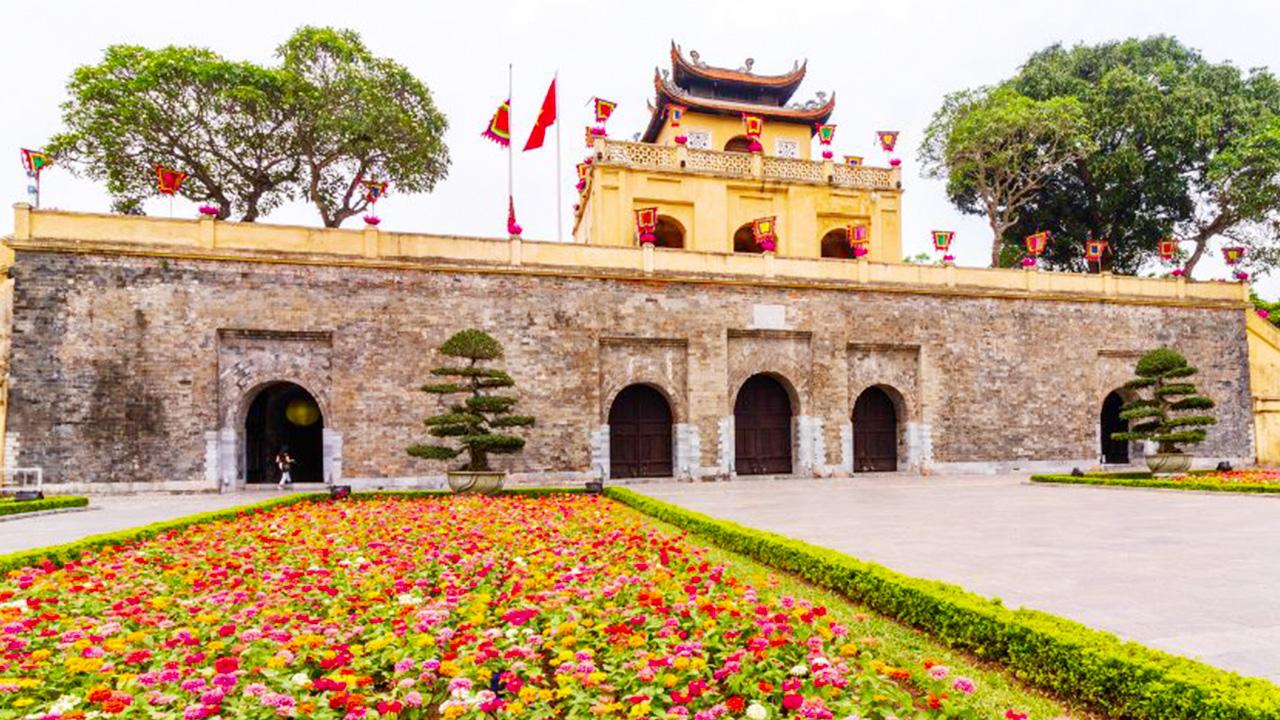
Challenges Facing Conservation Initiatives
While the preservation of the Imperial Citadel of Thang Long is of paramount importance, it faces several challenges that complicate conservation efforts. These include modern encroachments, the need for extensive restoration, and balancing tourism with preservation. Such challenges are compounded by the site’s location in bustling Hanoi, where urban development pressures constantly threaten historical integrity.
- Conservation challenges include:
- Modern buildings overlaying vital archaeological layers, hindering further explorations.
- The natural deterioration of materials due to weather-related factors.
- The need for skilled artisans capable of authentic restorations using traditional techniques.
The Vietnamese government, along with UNESCO and international heritage organizations, are navigating these concerns with innovative solutions. These efforts include creating buffer zones to limit urban sprawl, conducting archaeological surveys to strategize excavations, and training local craftsmen in traditional restoration techniques.
Recently, UNESCO recognized proposals for removing non-contributing structures to facilitate better archaeological understanding. Still, such actions prompt discussions on best practices for aligning modern interventions with the conservation of the site’s Outstanding Universal Value (OUV). Given these complexities, maintaining ongoing dialogues with UNESCO and adhering to established operational guidelines is crucial for the sustainable conservation of the citadel.
Moreover, garnering community support and global awareness creates a symbiotic relationship between preservation and promotion. These efforts ensure that the Imperial Citadel of Thang Long remains a cherished symbol of Vietnam’s historical pedigree and a testament to collaborative international preservation endeavors.
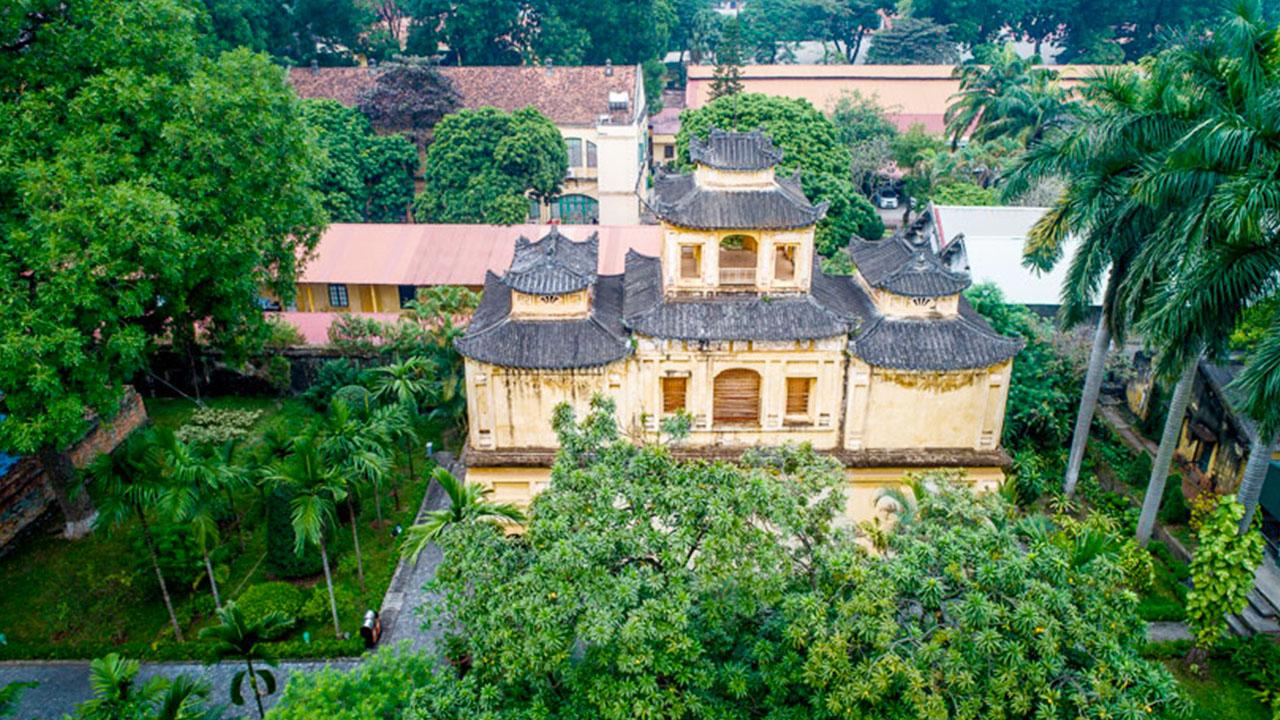
UNESCO Recognition of the Imperial Citadel
The UNESCO designation of the Imperial Citadel of Thang Long as a World Heritage Site in 2010 serves as a vital recognition of its global cultural significance. This acknowledgment amplifies efforts to sustain its historical essence while accommodating educational and tourism activities. The international spotlight brought by UNESCO status not only promotes preservation efforts but magnifies its symbolic importance as a cultural and historical treasury.
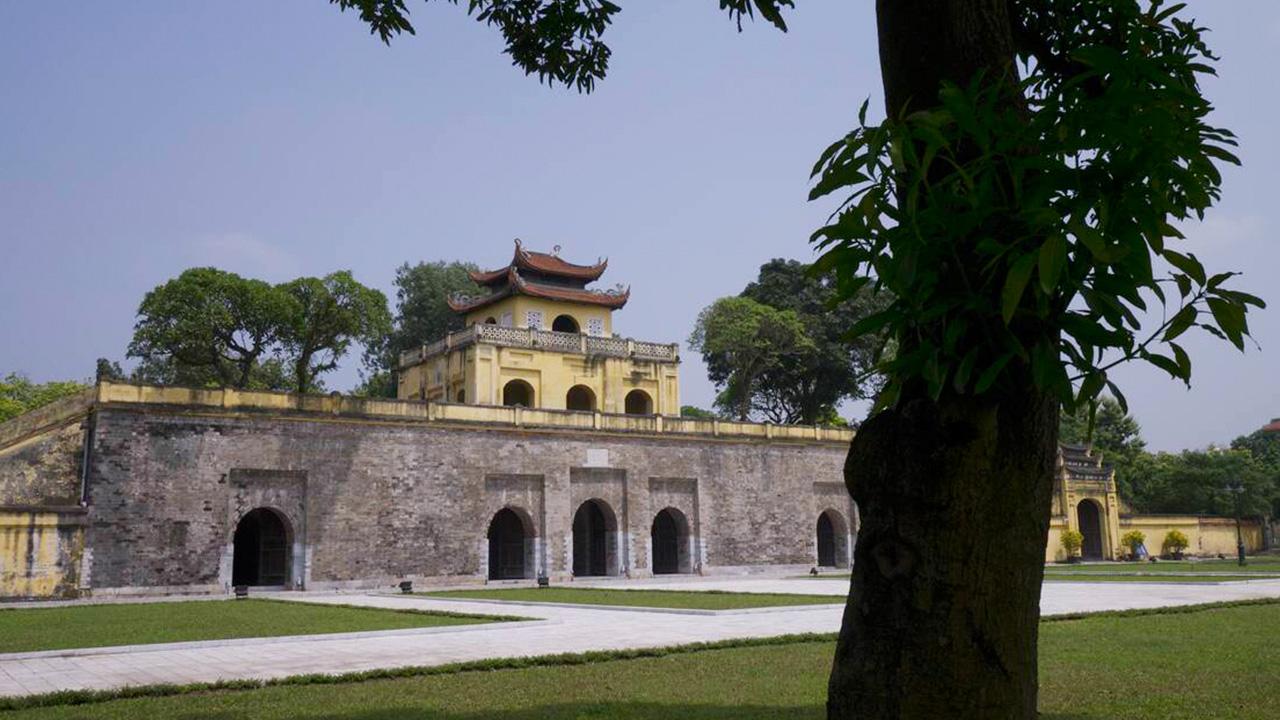
Impact of World Heritage Status on Tourism
The UNESCO World Heritage status has considerably impacted tourism around the Imperial Citadel of Thang Long, transforming it into a dynamic focal point that draws global attention. This acknowledgment not only elevates the citadel’s prestige but significantly contributes to the economic and cultural fabric of Hanoi.
- Benefits of UNESCO status include:
- Increased international visibility, drawing tourists from all over the world.
- Enhanced infrastructure, including better access and visitor facilities.
- Increased funding and resources for conservation activities.
Tourism development spurred by the citadel’s status has led to an upswing in local economies, providing employment opportunities in sectors related to hospitality, culture, and heritage management. Moreover, the site’s recognition encourages cultural tourism, where visitors are immersed in Vietnam’s historical narratives and architectural grandeur.
Activities offered at the citadel include guided tours, educational programs, cultural exhibitions, and interactive workshops that foster a deeper understanding of Vietnam’s heritage. By engaging in these experiences, visitors connect with the rich tapestry of Vietnam’s historical journey, appreciating the fusion of ancient and contemporary cultural elements.
Visitor statistics indicate a significant rise in tourist numbers post-UNESCO inscription, reflecting its pull as a cultural and historical magnet. This surge in tourism underscores the importance of sensitive management practices to balance visitor influx with preservation needs, ensuring that the citadel remains a sustainable and enduring attraction.
The blend of heritage conservation and tourism development enabled by the UNESCO designation highlights the strategic importance of such international recognitions. It underscores their role as enablers of cultural dialogue and economic vitality, ensuring that the Imperial Citadel of Thang Long remains a significant legacy for future generations to admire and learn from.
Comparison of the Imperial Citadel with Other Citadels
In the rich tapestry of Vietnam’s heritage sites, the Imperial Citadel of Thang Long stands alongside other monumental citadels, each contributing a unique strand to the nation’s historical narrative. Situated in Hanoi, this site is renowned for its historical depth and architectural sophistication. When compared to other citadels like the Complex of Hue Monuments, these similarities and differences offer a distinct insight into the diverse yet interconnected cultural landmarks of Vietnam’s historical landscapes.

Similarities and Differences with Other UNESCO Sites in Vietnam
Comparing the Imperial Citadel of Thang Long with other UNESCO World Heritage Sites in Vietnam, such as the Complex of Hue Monuments, reveals fascinating layers of cultural and architectural evolution. Although both citadels served as political centers, they reflect different periods and styles that showcase Vietnam’s dynamic historical narrative.
- Similarities:
- Both sites functioned as royal political hubs, each playing a central role in the governance structure of Vietnam.
- They exhibit elements of Chinese influence in architectural design, signifying the historical cultural interchange.
- These citadels serve as living museums, offering insights into the regal lifestyle, architectural prowess, and historical importance of their eras.
- Differences:
- The Imperial Citadel reflects a continuum of architectural evolution through multiple dynastic influences, while the Complex of Hue Monuments presents a more unified architectural expression strongly tied to the Nguyen Dynasty’s rule.
- Unlike Hue’s citadels, which mirror a deliberate blend of Eastern and Western influences, Thang Long showcases primarily Vietnamese and Chinese architectural syncretism, albeit through distinct dynastic phases.
The architectural narrative of Thang Long spans almost 13 centuries, chronicling its development from a 7th-century fortress to a complex royal citadel. On the other hand, Hue’s monuments, constructed mainly in the early 19th century, exemplify a specific historical period marked by the Nguyen dynasty’s strategic architectural grandeur.
Such comparisons illuminate the diverse yet cohesive nature of Vietnam’s cultural identity, showing how different sites contribute uniquely to the nation’s historical tapestry. They underline the resilience and continuity of Vietnamese culture through varied architectural expressions and strategic advancements each sovereign showcase its own identity while echoing common themes of cultural vitality and historic resilience.
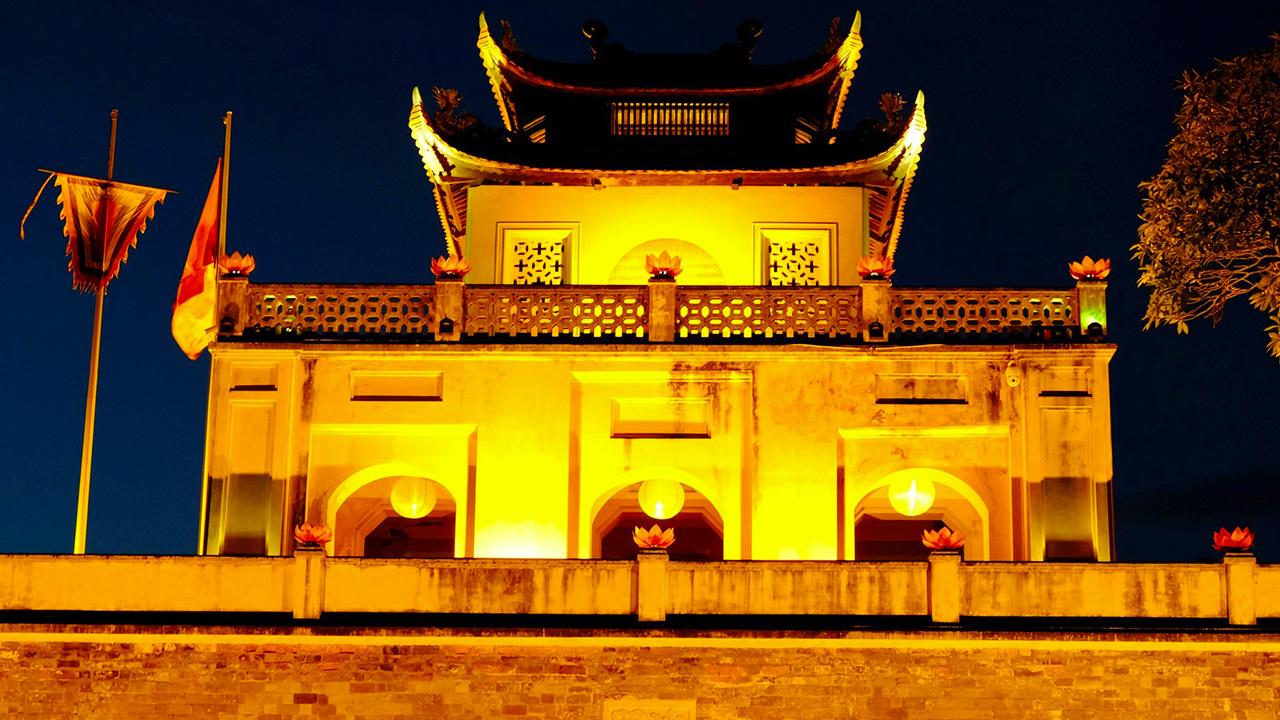
FAQs
- What makes the Imperial Citadel of Thang Long unique compared to other heritage sites in Vietnam?
The citadel’s historical depth, with origins dating back to the 7th century, and its role as a consecutive dynastic political hub distinguish it from other sites, emphasizing its complexity and continuity. - What are the primary architectural influences seen at the citadel?
The citadel reflects Vietnamese, Chinese, and Champa architectural styles, illustrating a blend of local ingenuity and intercultural exchange over centuries. - How has UNESCO recognition affected the citadel?
UNESCO status increased international awareness, bolstered conservation efforts, and enhanced tourism infrastructure, fostering economic growth and cultural engagement. - What are some of the key structures to visit within the citadel?
Notable structures include the Hanoi Flag Tower (Ky Dai), Kinh Thien Palace, Doan Mon Gate, and the Northern Gate (Cua Bac), each representing significant historical and architectural narratives. - What challenges do conservation efforts at the citadel face?
Challenges include managing urban encroachment, maintaining authenticity amidst restoration, and balancing tourism with preservation, requiring careful management and international collaboration.
Key Takeaways
- The Imperial Citadel of Thang Long is a vital symbol of Vietnam’s historical and cultural narrative, representing over 13 centuries of political continuity and architectural evolution.
- UNESCO recognition highlights its global cultural significance, enhancing tourism and fostering conservation efforts.
- The citadel encapsulates a blend of Vietnamese, Chinese, and Champa influences, evident in its architecture and historical currency.
- Preservation efforts face modern challenges, requiring innovative and collaborative strategies adapted to heritage conservation.
- Comparisons with other UNESCO sites, such as the Complex of Hue Monuments, offer insights into Vietnam’s diverse yet cohesive cultural identity.
Conclusion
In conclusion, the Imperial Citadel of Thang Long stands as a monumental testament to Vietnam’s vibrant history and cultural legacy. Its architectural splendor and enduring historical significance offer a unique perspective on the evolution of a nation through centuries of political and cultural upheaval. The site serves as an invaluable resource for learning and reflection, inviting both locals and tourists to delve into the deep roots of Vietnamese identity.
The challenges it faces in preservation highlight the need for careful stewardship and international collaboration to ensure its stories and traditions continue to inspire future generations. Its designation as a UNESCO World Heritage Site is more than a badge of honor; it’s a call to preserve and celebrate the harmonious blend of histories, cultures, and identities that the Imperial Citadel of Thang Long represents.


